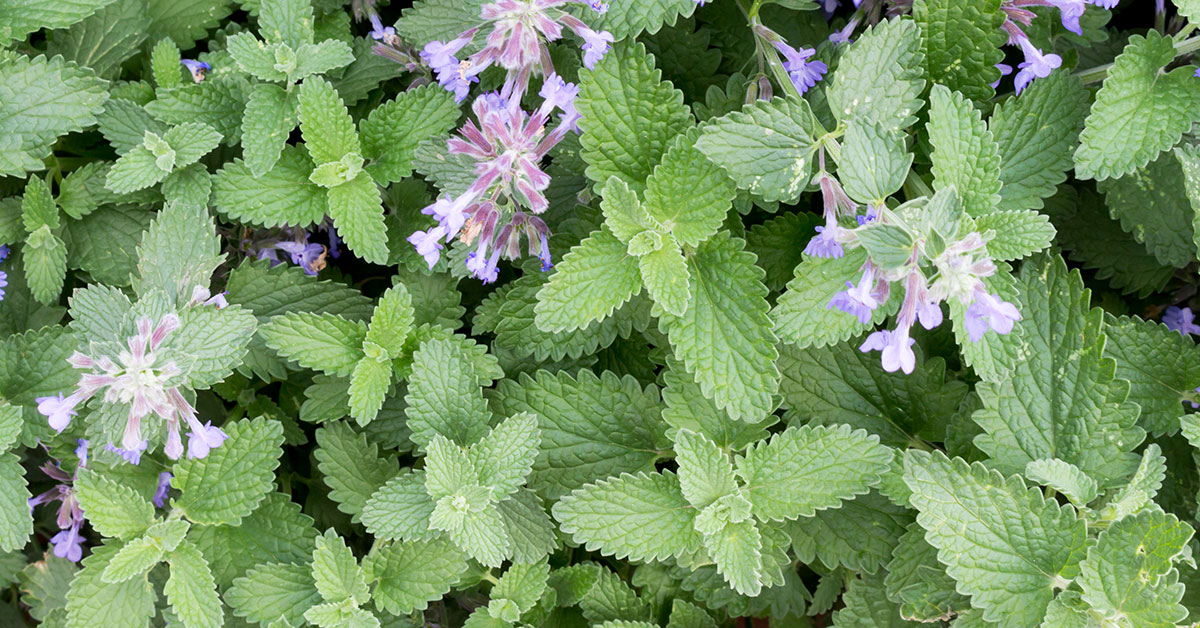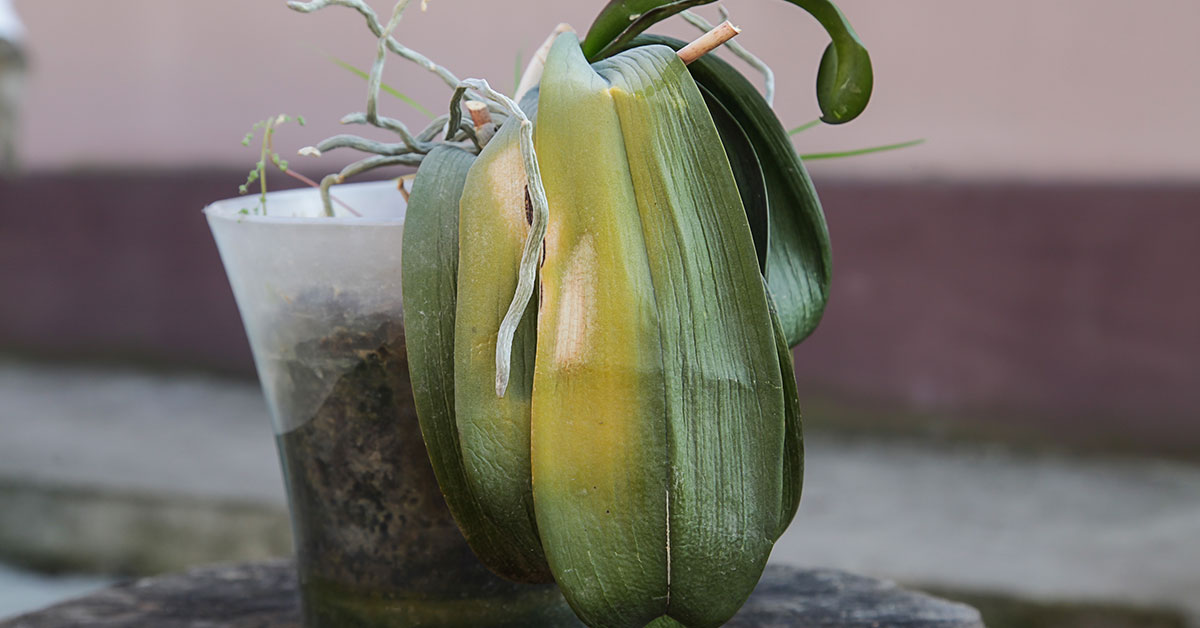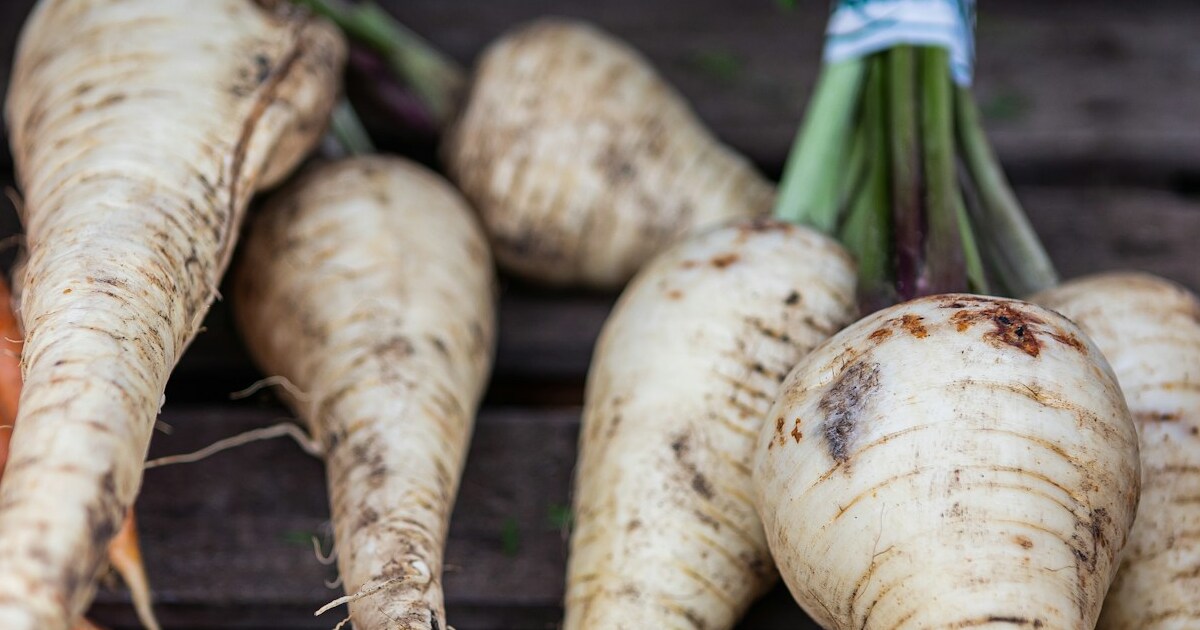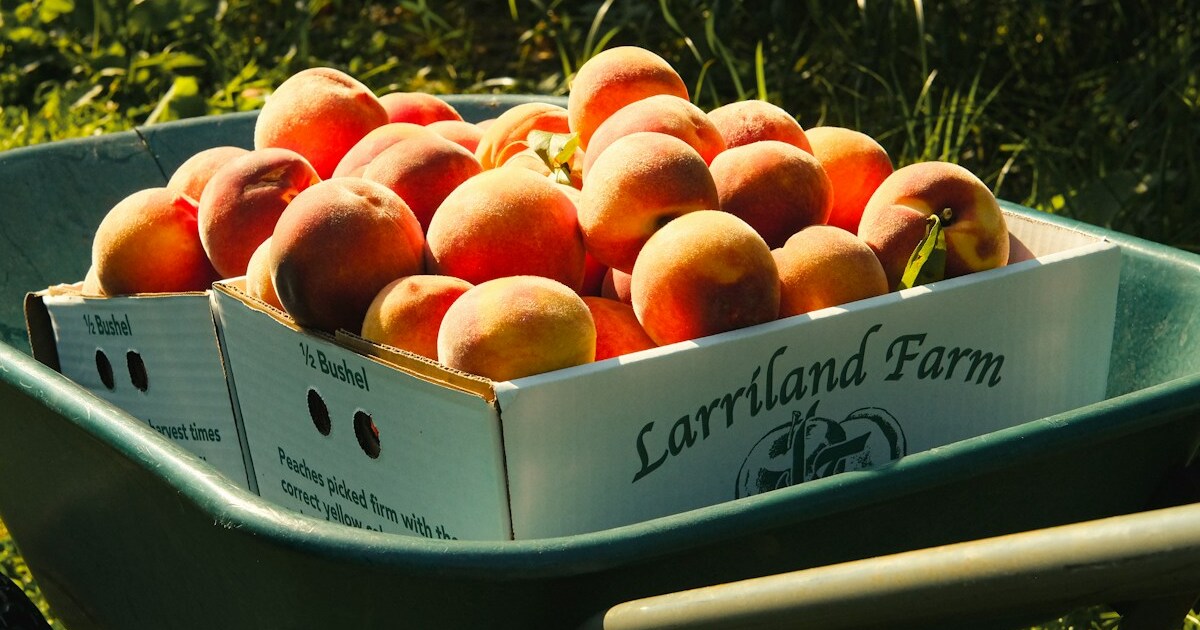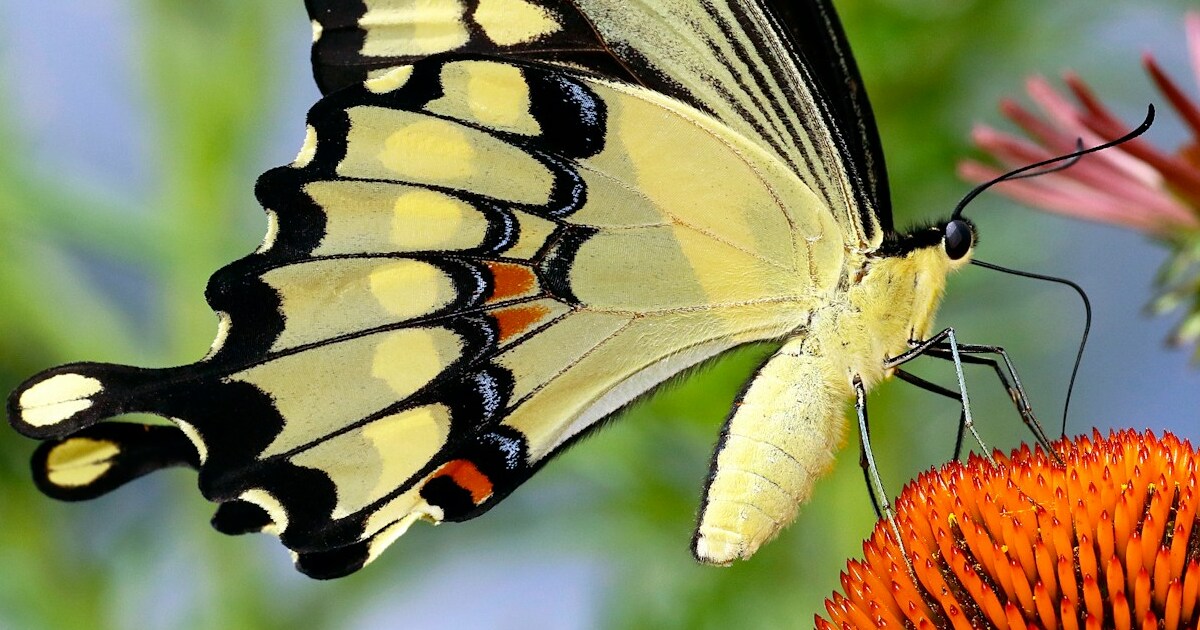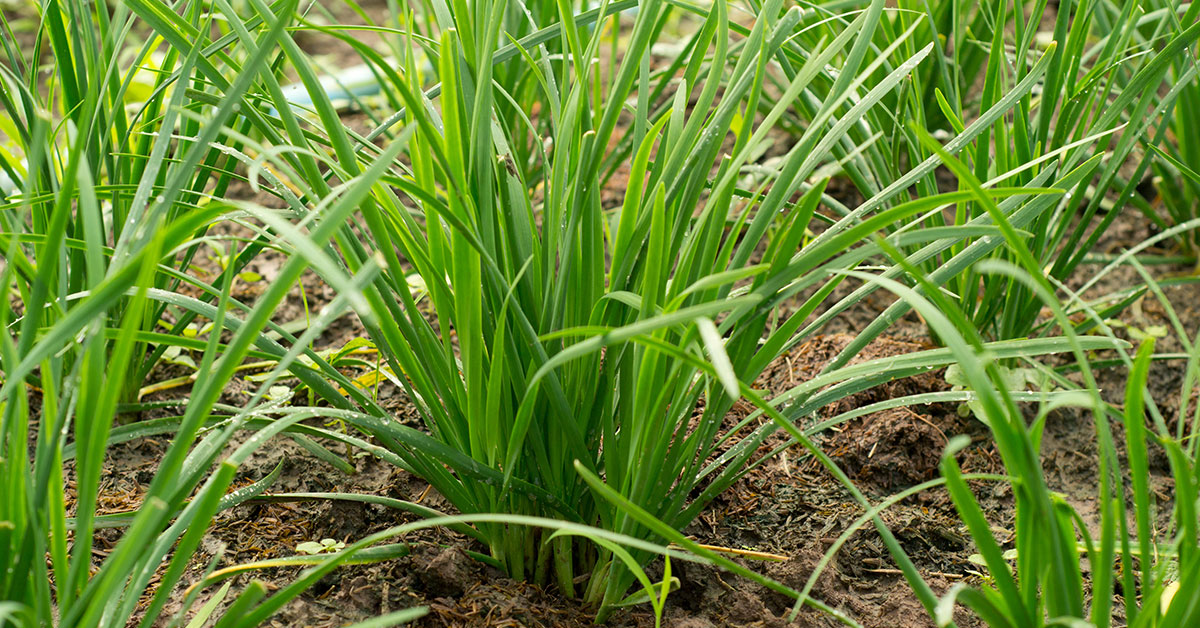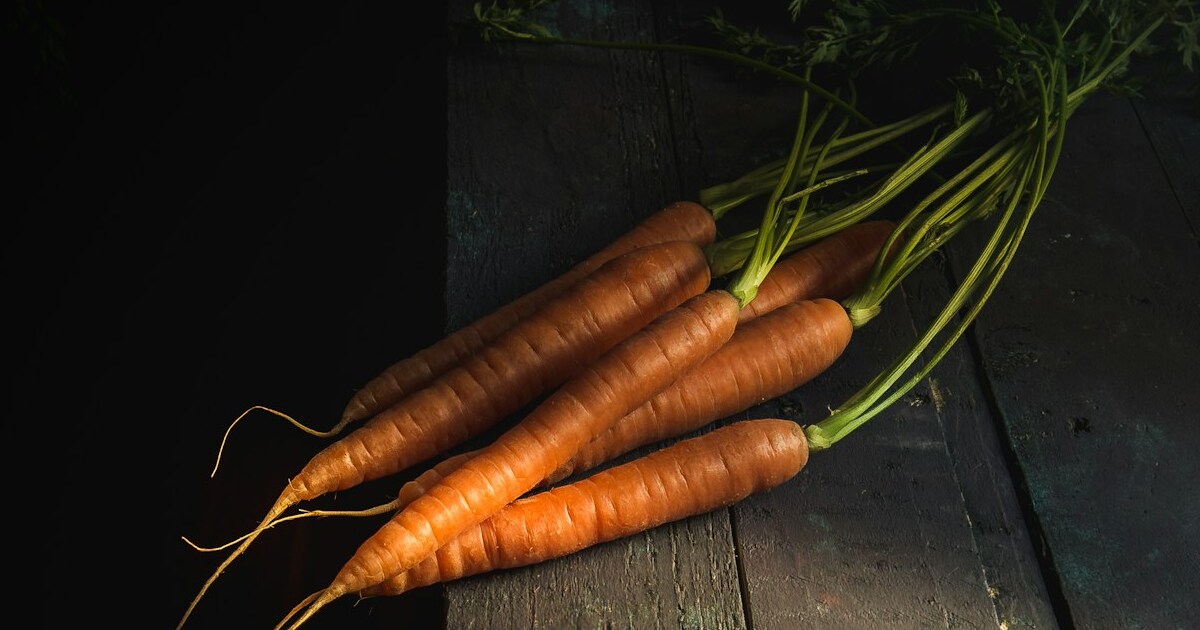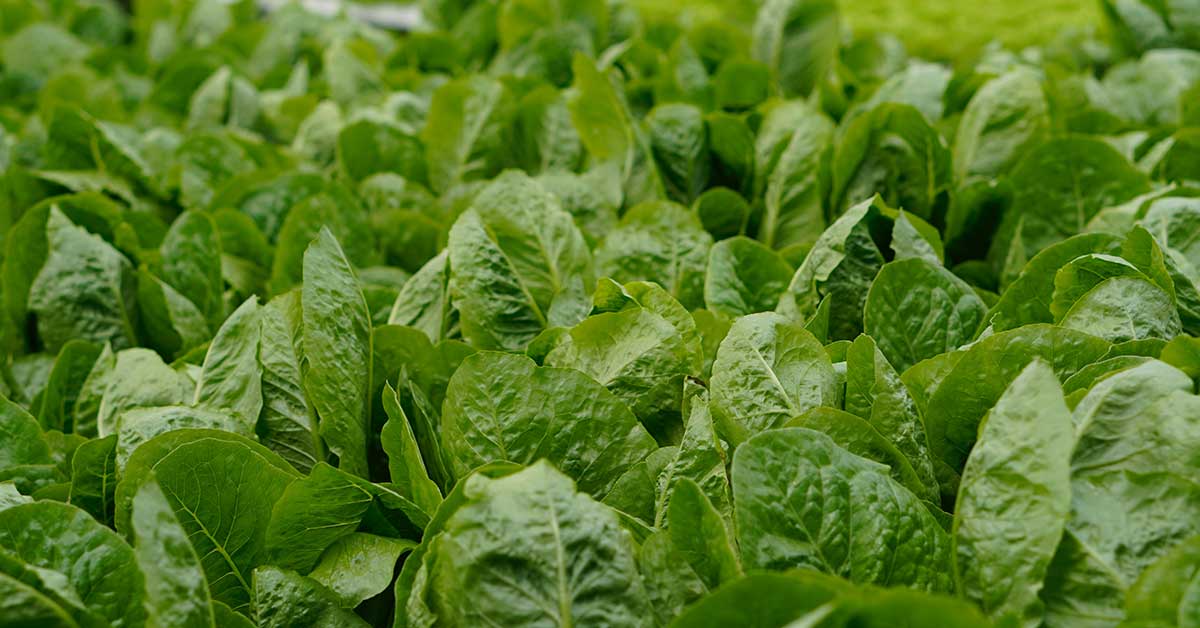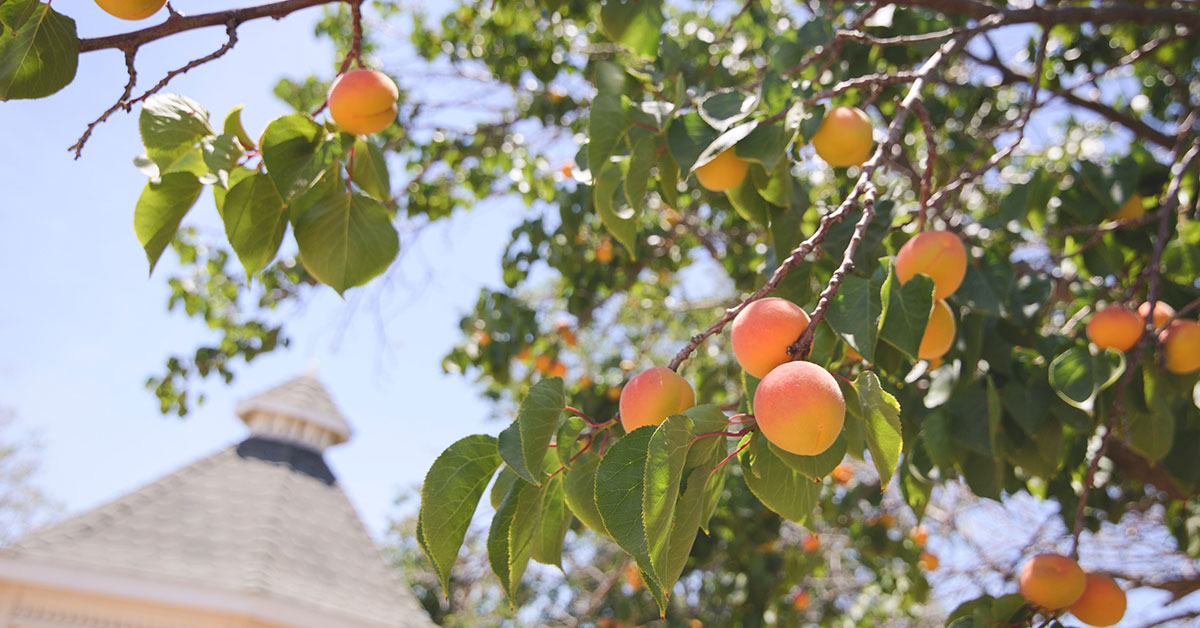Composting yard waste transforms those endless piles of leaves, grass clippings, and pruning scraps into black gold for your garden. Instead of sending branches and foliage to the landfill—where they contribute to methane emissions—you’re turning organic debris into a nutrient-rich amendment that feeds both soil and soul. I know how overwhelming yard clean-up can feel, especially in autumn when trees shed every last leaf. Composting offers a satisfying solution that closes the loop in your garden’s nutrient cycle!
It’s such a bummer when you haul bags of clippings to the curb, only to realize you could be enriching your beds instead. Over time, I’ve discovered that a well-tended compost pile invites earthworms for tilling, boosts beneficial microbes, and yields softer, more moisture-retentive soil. Below, I’ll share eight compelling reasons why every gardener should be composting yard waste—and how this simple practice can turn garden chores into an eco-friendly triumph!
Minimizes Landfill Waste

Sending yard debris to municipal green bins might seem green, but many facilities incinerate or landfill that material, wasting its potential. Composting on-site keeps those mountains of leaves and trimmings out of the waste stream, reducing the burden on local processing centers.
By letting leaves, grass clippings, and small branches decompose in your bin or pile, you reclaim valuable biomass. Plus, you’ll save on bag costs and hauling time—truly a win-win for both your schedule and the planet!
Encourages Biodiversity

One of my favorite aspects of a compost heap is the parade of wildlife it attracts. Native earthworms tunnel through decomposing layers, while beneficial predatory insects—like ground beetles and rove beetles—move in to feast on slug and snail eggs. Even solitary ground-nesting bees might take shelter in undisturbed edges of your pile.
Because yard waste often includes material from native oaks, maples, and dogwoods, composting gives local fauna familiar habitat. Just avoid adding invasive plant material with viable seeds—like creeping ivy—to prevent unintended spread!
Recycles Nutrients for Circular Gardening

Every leaf and clipping holds nutrients that once powered your plants. Composting returns those minerals—nitrogen, phosphorus, potassium—back to the soil in a slow-release form. This completes the nutrient cycle in your garden, reducing or eliminating the need for synthetic fertilizers.
I love seeing that rich, earthy compost work its way into vegetable trenches and flower beds. It’s incredibly satisfying to know that what was once waste is now fueling new growth, season after season!
Suppresses Plant Diseases and Pests

When managed correctly—maintaining heat, aeration, and moisture—your compost pile can reach temperatures that kill many fungal spores and disease pathogens. Prunings from roses or tomato plants, which might harbor blight, become safe to incorporate once thoroughly composted.
These higher temperatures also deter pest overwintering stages, such as caterpillar cocoons or beetle larvae hiding in debris. It’s such a relief to compost suspect material rather than risk reintroducing diseases or pests to your beds!
Reduces Greenhouse Gas Emissions

When yard waste decomposes anaerobically in landfills, it produces methane—a greenhouse gas far more potent than carbon dioxide. Composting aerobically (with plenty of air) instead generates minimal methane while locking carbon in stable humus.
Every bag of leaves you compost at home is one fewer bag releasing methane in a landfill. It feels empowering to turn a chore into climate action, especially when those swirling autumn leaves are beyond your control!
Improves Soil Structure and Water Retention

Incorporating compost into your beds lightens heavy clay, loosens compacted earth, and boosts water infiltration in sandy soils. Organic matter acts like a sponge, holding moisture during dry spells and releasing it slowly to plant roots.
I’ve seen garden beds transform from hard pans to fluffy, crumbly loam after a season of compost applications. That improved structure reduces runoff and erosion, keeping precious topsoil right where it belongs!
Provides Cost-Effective Organic Fertilizer
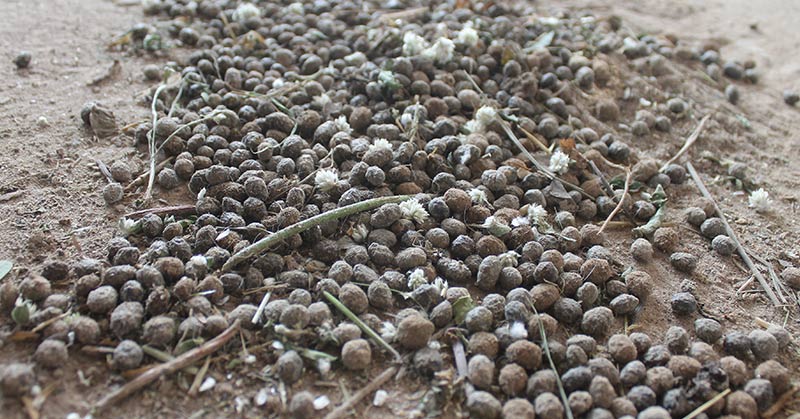
Commercial bagged compost and soil amendments can add up quickly, especially for large areas. By composting your own yard waste, you’re producing premium fertilizer at virtually no monetary cost—just some time and occasional turning.
I love that sense of thriftiness combined with abundance. There’s no better feeling than knowing your garden’s best amendments came free from your own backyard!
Enriches Soil Fertility
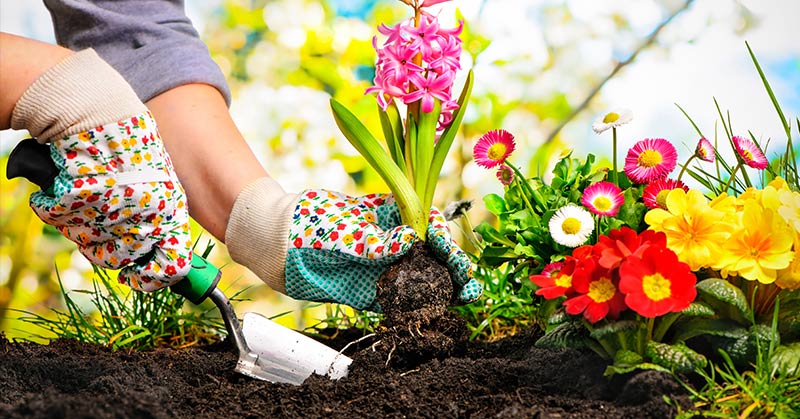
Compost is rich in secondary nutrients—calcium, magnesium, sulfur—and trace elements that are often missing in synthetic blends. These nutrients support strong cell walls, chlorophyll production, and overall plant vigor.
Consistent compost applications build fertility over time, leading to bigger blooms, fuller fruit sets, and heartier harvests. It’s such a thrill to see your roses produce deeper color or your tomatoes taste sweeter—all thanks to yard waste that might have otherwise gone to waste!




